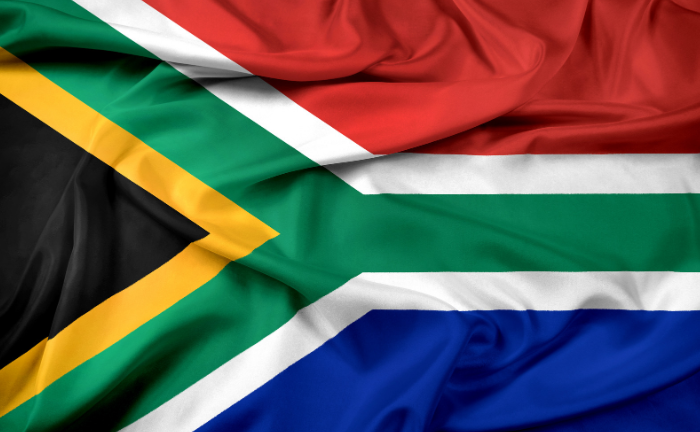
MNCs should plan for worsening electricity availability as South Africa heads into winter
MNCs should prepare for a base case of steadily worsening load shedding (rolling blackouts) and rising electricity costs over the coming year, while concurrently planning for a downside scenario involving a national blackout lasting several weeks. Such a downside scenario would necessitate extensive contingency planning. Specifically, MNCs should be prepared to adjust to sudden and protracted changes in customer behavior and purchasing power, ensure inventories remain sufficient to supply customers for several weeks amid route-to-market disruption, and assess their vulnerability to heightened insecurity and looting. Companies should also review their currency scenarios, incorporating risks of sharp and sustained depreciation of the rand in the event of national blackout.
Overview
- Load shedding steadily worsened in Q4 2022. Recently released data indicates electricity generation from the state-owned utility Eskom declined to 14,935 gigawatt-hours in December 2022, the lowest level since December 1998 (excluding the COVID-19 lockdown of April 2020), and a 34% decline from the July 2007 record high.
- Independent power production (i.e., private sector generation) rose to a record high of 2,601 gigawatt-hours in December 2022. However, this failed to compensate for the deterioration in Eskom’s performance: the 12-month rolling average of total electricity produced in South Africa fell to the lowest level since June 2002.
- Meanwhile, the government approved an 18.7% rise in electricity tariffs for Eskom, set to commence in April 2023.
Our View
FrontierView’s base case (65% likelihood) will see rolling blackouts of worsening severity continuing through 2024 at least, and likely farther into the 2020s. Investments into, and output from, independent power production will accelerate over the coming year, but these will fail to plug the country’s yawning power deficit given the persistent decline in Eskom’s performance. This will contribute to slowing economic growth and muted customer sentiment. However, a downside scenario (35% likelihood) could emerge whereby the national grid collapses, plunging the country into a nationwide blackout that lasts at least one week, but likely at least 10 days. This would be triggered by a precipitous decline in Eskom’s electricity output coinciding with a period of cold weather during South Africa’s winter in Q3 2023. Grid collapse would be enormously disruptive, resulting in a sharp decline in industrial activity. Fuel and water shortages, and a collapse in telecommunications would follow within days, causing severe route-to-market problems for companies, and stoking widespread social unrest. The rand would also lose value suddenly as investors panic.
At FrontierView, our mission is to help our clients grow and win in their most important markets. We are excited to share that FiscalNote, a leading technology provider of global policy and market intelligence has acquired FrontierView. We will continue to cover issues and topics driving growth in your business, while fully leveraging FiscalNote’s portfolio within the global risk, ESG, and geopolitical advisory product suite.
Subscribe to our weekly newsletter The Lens published by our Global Economics and Scenarios team which highlights high-impact developments and trends for business professionals. For full access to our offerings, start your free trial today and download our complimentary mobile app, available on iOS and Android.

